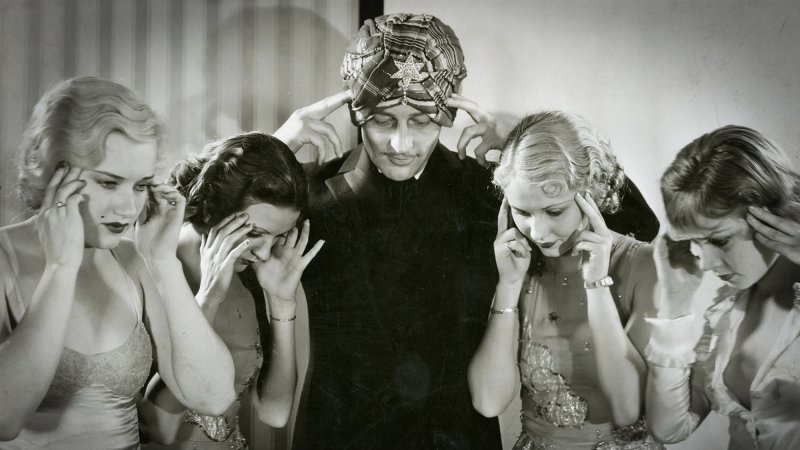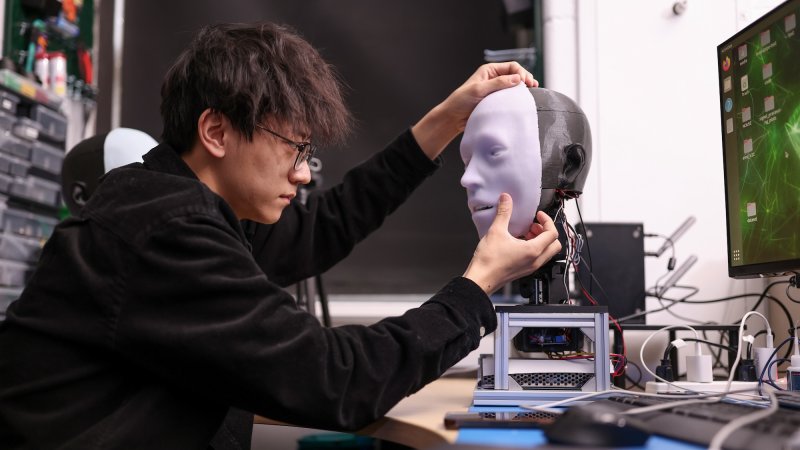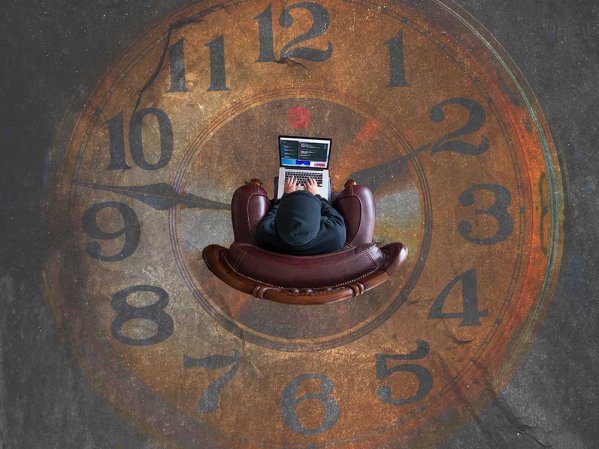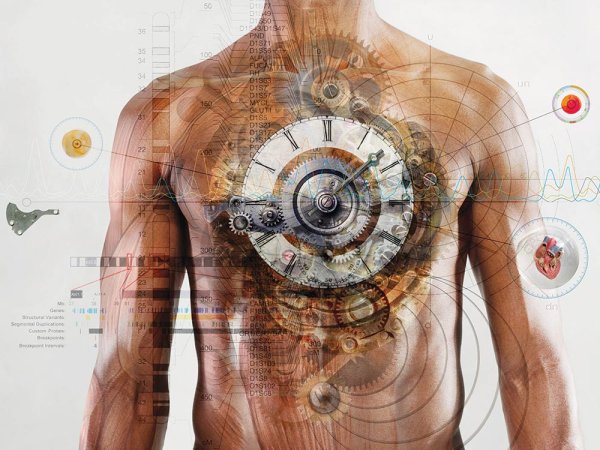

Mention “jet lag” to someone, and they’re liable to offer you any number of supposed cures for the notorious travel issue. But at the end of the day (or night, depending on your arrival time) it all comes down to disrupting a person’s natural circadian rhythm. One way to potentially combat jet lag’s annoying symptoms may reside inside the jet itself—while en route to a passenger’s distant destination.
According to a July 19 announcement, Australia’s Qantas Airways and University of Sydney researchers are expanding previous work on Project Sunrise, their ongoing attempt to address jet lag. After publishing their preliminary findings last year on potential advancements for in-flight meal, exercise, and lighting optimizations, researchers are taking the latter variable a step further. Now, the team is experimenting with an Airbus A350’s timed cabin lighting that is directly inspired by the hues and shifting intensities of Australian sunrises and sunsets.

“The new lighting scenarios for the A350 were developed to optimize the circadian effects of light at different times during flights while accounting for the light appearance, ambience, safety, and hardware requirements on board,” Sveta Postnova, an associate professor specializing in circadian modeling at the University of Sydney’s Charles Perkins Centre, said in last week’s announcement, adding, “It’s great to see circadian science being translated into practice.”
The cabin lighting changes are intended for Qantas’ ultra-long-haul flights connecting New York and London to Australia’s east coast, which often take a minimum of 26.5 hours to complete. During these trips, a passenger’s circadian clock is often forced to adjust to leaping two full days ahead due to air travel. But after over 150 hours of simulations, researchers believe airlines can lessen some of jet lag’s worst effects through more precise manipulation of a cabin lighting’s timing, wavelengths, and strength.
During development, Charles Perkins Centre researchers advised Qantas developers to focus on how varying light brightnesses affect circadian rhythms through what’s known as melanopic illuminance. Blue-enriched light with a high melanopic illuminance, for example, helps shift internal clocks to combat jet lag. Meanwhile, red lighting that employs longer wavelengths offers low melanopic illuminance to prevent circadian rhythms from shifting too much.
[Related: How to keep jet lag from ruining your vacation.]
After extensive trials at the Airbus Customer Definition Centre in Hamburg, Germany, Qantas developed 12 separate lighting “scenes.” These include “Awake,” a broad-spectrum blue-enriched lighting meant to mimic a destination’s time zone while helping travelers stay awake and alert; “Sunset,” a simulated daylight-to-dark mode with sunset colors, cloud movements, and night moonlighting; and “Sunrise,” which projects early morning hours moving from cabin’s front to rear sections.
While other air travel issues like lost sleep and restlessness still undoubtedly disrupt circadian rhythms, the ability to mitigate at least some of the problems caused during ultralong flights may one day make landings much smoother for passengers.























